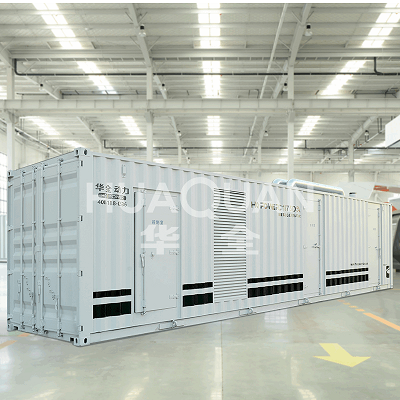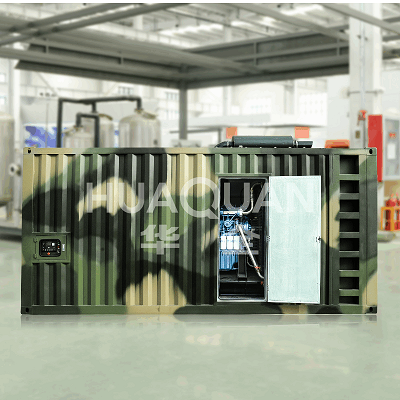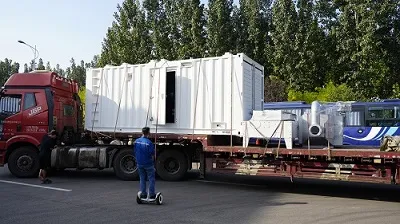Container energy storage stations (CESS) are rapidly gaining traction as a modular, scalable alternative to traditional fixed energy storage systems. By encapsulating batteries, inverters, and cooling systems within a standardized shipping container, CESS offers unique benefits for industries, utilities, and remote communities. Let’s explore seven key advantages that set it apart.
1. Rapid Deployment & Portability
Traditional systems require lengthy on-site assembly, wiring, and testing. In contrast, CESS units arrive pre-engineered and factory-tested, slashing installation time by up to 70%. Their plug-and-play design allows relocation to new sites within hours, making them ideal for:
Disaster recovery zones.
Seasonal demand peaks (e.g., agriculture irrigation).
Military or mining operations in remote areas.
2. Scalability & Flexibility
Unlike rigid fixed systems, CESS modules can be stacked or paralleled to match evolving energy needs. Add capacity by simply deploying more containers—no retrofitting required. This modularity reduces upfront costs by 30–50% compared to oversized traditional setups.
3. Lower Total Cost of Ownership (TCO)
While initial prices may seem comparable, CESS cuts long-term expenses through:
Reduced labor: Fewer installation hours and simplified maintenance.
Standardized parts: Off-the-shelf components lower repair costs.
Extended lifespan: Enclosed designs shield batteries from dust, humidity, and extreme temperatures, preserving performance.
4. Enhanced Safety & Environmental Resistance
Traditional open-rack battery rooms risk fire hazards and chemical leaks. CESS containers feature:
Fire suppression systems: Integrated gas or aerosol extinguishers.
Climate control: HVAC units maintain optimal temperatures (-20°C to 50°C operational range).
IP65+ ratings: Dustproof and waterproof shells resist harsh weather.
5. Simplified Permitting & Compliance
Local regulations often complicate installations for traditional systems. CESS units, classified as “temporary structures” in many regions, bypass lengthy approval processes. This accelerates project timelines by 4–6 months in areas like California or the EU.
6. Grid Independence & Resilience
CESS excels in microgrid applications, pairing with solar/wind farms to create self-sufficient ecosystems. For example:
Hospitals use CESS to maintain life-saving equipment during outages.
Islands rely on containerized storage to reduce diesel reliance by 60–80%.
7. Future-Proofing with Smart Tech
Modern CESS units incorporate AI-driven energy management systems (EMS) that:
Predict demand spikes using machine learning.
Optimize charge/discharge cycles for battery health.
Integrate with IoT platforms for remote monitoring.
Case Study: How CESS Outperformed Traditional Systems in Texas
After 2021’s winter storm, a Texas data center deployed CESS to prevent downtime. Results:
Uptime: 100% power continuity during grid failures.
Cost savings: $450,000 annually in peak-shaving charges.
ROI: Achieved payback within 3.2 years.
Conclusion
Container energy storage stations redefine energy resilience with their speed, adaptability, and cost efficiency. By minimizing downtime risks and aligning with renewable integration goals, CESS is fast becoming the backbone of modern power infrastructure.


